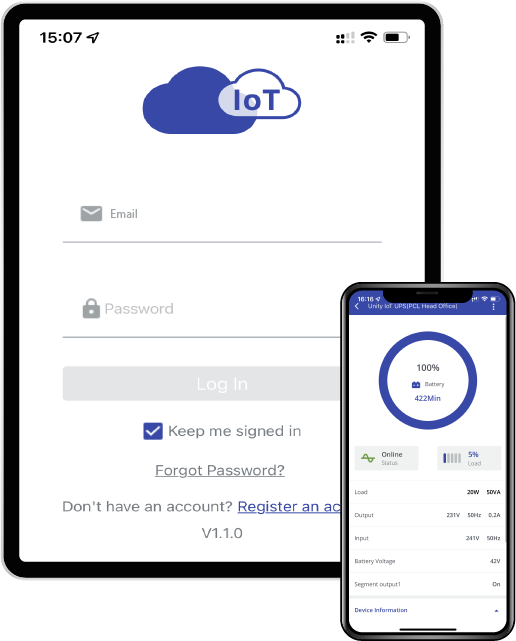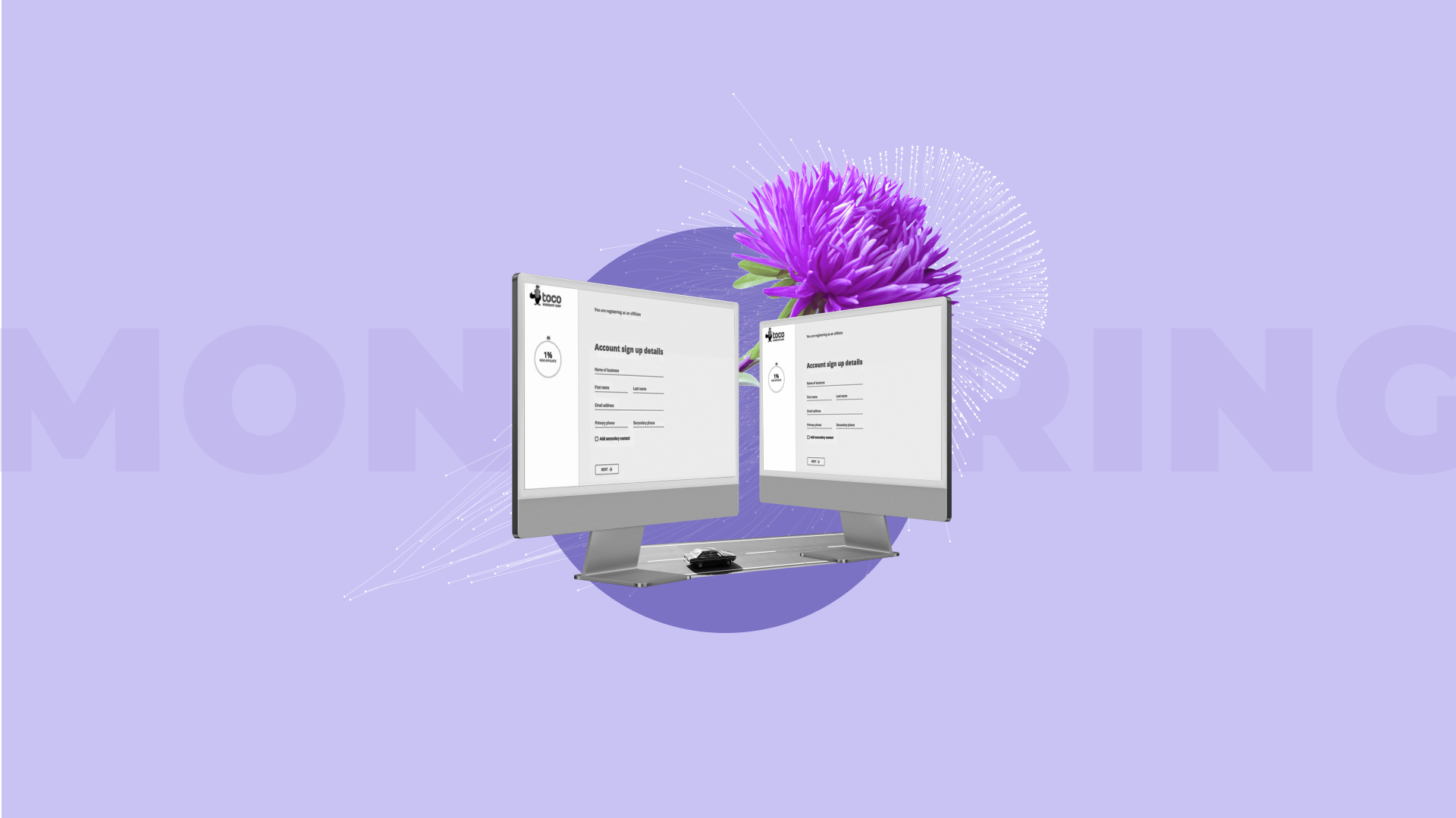Hey there, tech enthusiasts! Are you ready to dive into the world of IoT monitoring software? This is not just another buzzword; it's a game-changer for businesses and individuals alike. Imagine having eyes and ears everywhere, collecting data in real-time and transforming it into actionable insights. That's the power of IoT monitoring software. Let's explore how this technology is reshaping industries and why you should care. So, buckle up because we’re about to embark on a journey into the future of connectivity!
But wait, why is this so important right now? The Internet of Things (IoT) is no longer a futuristic concept; it's a reality that's growing exponentially. According to recent studies, the global IoT market is projected to reach a staggering $1.5 trillion by 2030. That's a lot of zeros, and it means big opportunities for those who embrace IoT monitoring software. From smart homes to industrial automation, the applications are limitless.
And here's the kicker – the competition is heating up. Companies that don’t adopt IoT solutions risk falling behind. But don’t worry, we’ve got you covered. In this guide, we’ll break down everything you need to know about IoT monitoring software, from its basics to advanced implementations. Let's get started!
Read also:New Evolved Fights The Future Of Combat Sports
What is IoT Monitoring Software?
Alright, let's start with the basics. IoT monitoring software is essentially the brain behind the IoT network. Think of it as the conductor of an orchestra, ensuring all devices and sensors work harmoniously. This software collects, processes, and analyzes data from connected devices, providing valuable insights to improve efficiency and performance. It’s like having a personal assistant that never sleeps and always pays attention to the details.
Here’s a quick rundown of its main features:
- Data Collection: Gathering information from various sensors and devices.
- Real-Time Analysis: Processing data instantly to identify trends and anomalies.
- Alerts and Notifications: Sending instant updates when something needs attention.
- Customizable Dashboards: Visualizing data in a way that makes sense to you.
Now, why is this important? Because IoT monitoring software doesn’t just collect data; it turns it into actionable intelligence. This means you can make smarter decisions faster, whether you’re managing a factory or monitoring your home security system.
Why You Need IoT Monitoring Software
Let’s face it, in today’s fast-paced world, staying ahead of the curve is crucial. IoT monitoring software offers several advantages that can give you that edge. First and foremost, it enhances operational efficiency. By automating routine tasks and providing real-time insights, you can optimize your processes and reduce downtime.
Additionally, it improves asset management. Whether you’re tracking inventory or monitoring equipment performance, IoT monitoring software gives you a clear picture of what’s happening. This leads to better maintenance schedules and fewer unexpected failures.
And let’s not forget about cost savings. By identifying inefficiencies and preventing issues before they escalate, you can save a ton of money in the long run. Plus, with the ability to scale easily, IoT monitoring software is a smart investment for businesses of all sizes.
Read also:How Much Is Matt Crouch Worth Unveiling The Net Worth And More
Key Features of IoT Monitoring Software
Now that we’ve established why you need it, let’s take a closer look at what makes IoT monitoring software so powerful. Here are some of its key features:
1. Scalability
One of the greatest strengths of IoT monitoring software is its ability to scale. Whether you’re starting small or managing a large network of devices, this software can grow with you. This flexibility ensures that you’re not limited by your current infrastructure and can expand as needed.
2. Security
With all the data being collected, security is a top priority. Reputable IoT monitoring software comes equipped with robust security features to protect your information from unauthorized access. This includes encryption, authentication, and regular updates to stay ahead of potential threats.
3. Integration
Compatibility with existing systems is crucial. The best IoT monitoring software can seamlessly integrate with your current infrastructure, making it easier to adopt without disrupting your operations. This ensures a smooth transition and maximizes the value you get from your investment.
Choosing the Right IoT Monitoring Software
Picking the right IoT monitoring software can be overwhelming, especially with so many options available. Here are some factors to consider when making your decision:
- Budget: Determine how much you’re willing to spend and find software that fits within that range.
- Features: Make a list of must-have features and ensure the software you choose offers them.
- Support: Look for software providers that offer excellent customer support to help you when you need it most.
- Reviews: Check out what other users are saying. Their experiences can give you valuable insights into what to expect.
Remember, the right software is one that meets your specific needs and aligns with your goals. Don’t rush the decision; take your time to evaluate your options carefully.
IoT Monitoring Software in Action
So, how does IoT monitoring software work in real-world scenarios? Let’s explore a few examples:
1. Smart Agriculture
Farmers are using IoT monitoring software to optimize crop yields. By monitoring soil moisture, temperature, and weather conditions, they can make informed decisions about irrigation and fertilization. This leads to healthier crops and increased productivity.
2. Industrial Automation
In manufacturing, IoT monitoring software is revolutionizing the way factories operate. It enables predictive maintenance, reducing downtime and increasing efficiency. With real-time data, managers can quickly identify and address issues before they become major problems.
3. Smart Homes
On a smaller scale, IoT monitoring software is making homes smarter and more energy-efficient. From controlling lighting to monitoring energy usage, homeowners can save money while reducing their carbon footprint.
Challenges and Considerations
While IoT monitoring software offers many benefits, it’s not without its challenges. One of the biggest concerns is data privacy. With so much information being collected, ensuring it’s used responsibly is crucial. Companies must be transparent about how they handle data and give users control over their information.
Another challenge is compatibility. Not all devices and systems are created equal, so finding software that works with your existing infrastructure can be tricky. It’s important to do your research and choose software that offers broad compatibility.
Lastly, there’s the issue of cost. While IoT monitoring software can save money in the long run, the initial investment can be significant. It’s essential to weigh the costs against the potential benefits to determine if it’s the right move for your business.
Future Trends in IoT Monitoring Software
The world of IoT monitoring software is constantly evolving. Here are some trends to watch for:
1. Artificial Intelligence
AI is increasingly being integrated into IoT monitoring software to enhance its capabilities. Machine learning algorithms can analyze data more effectively, leading to better predictions and insights.
2. Edge Computing
As the volume of data grows, edge computing is becoming more important. By processing data closer to the source, IoT monitoring software can reduce latency and improve performance.
3. Sustainability
With growing concerns about climate change, sustainability is becoming a key focus. IoT monitoring software is being used to optimize energy usage and reduce waste, helping businesses become more environmentally friendly.
Implementing IoT Monitoring Software
Ready to implement IoT monitoring software? Here’s a step-by-step guide to get you started:
1. Define Your Goals
Start by identifying what you want to achieve with IoT monitoring software. This will help you choose the right solution and measure its success.
2. Evaluate Your Options
Research different software providers and compare their features, pricing, and customer reviews. This will help you make an informed decision.
3. Plan Your Deployment
Develop a detailed plan for implementing the software, including timelines, resources, and training. This will ensure a smooth transition and minimize disruptions.
4. Monitor and Adjust
Once the software is up and running, continuously monitor its performance and make adjustments as needed. This will help you maximize its benefits and address any issues promptly.
Conclusion
IoT monitoring software is more than just a tool; it’s a catalyst for transformation. From enhancing efficiency to driving innovation, its potential is vast. As we’ve seen, the right software can help you stay ahead of the competition and achieve your goals. So, what are you waiting for? Dive into the world of IoT monitoring software and unlock its power for your business.
Before you go, we’d love to hear your thoughts. Have you used IoT monitoring software before? What were your experiences? Drop a comment below and let’s keep the conversation going. And don’t forget to share this article with your network – knowledge is power, and together we can shape the future of technology!
Table of Contents

